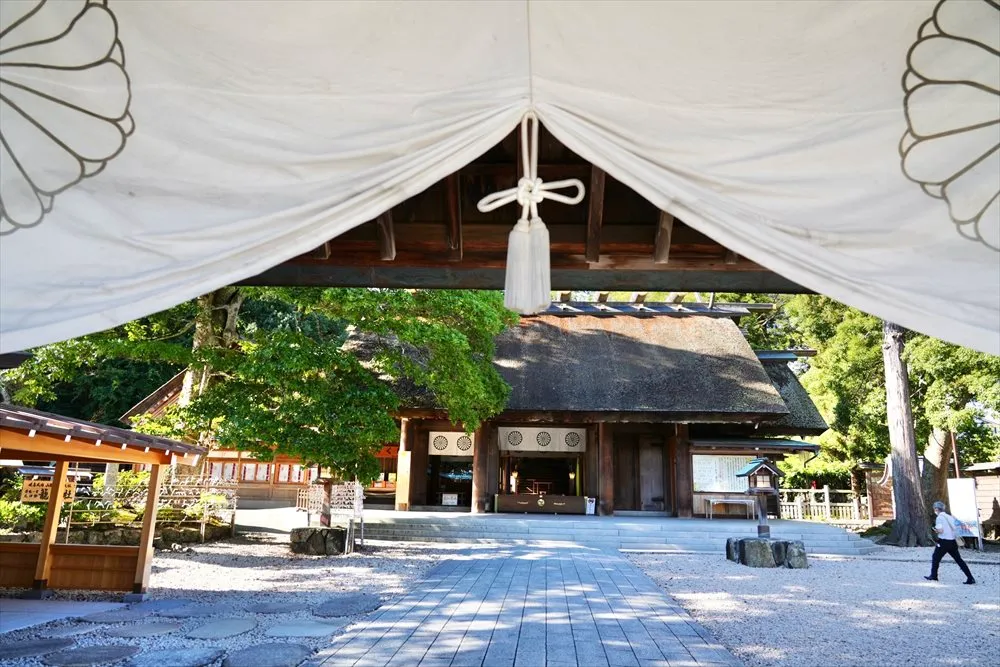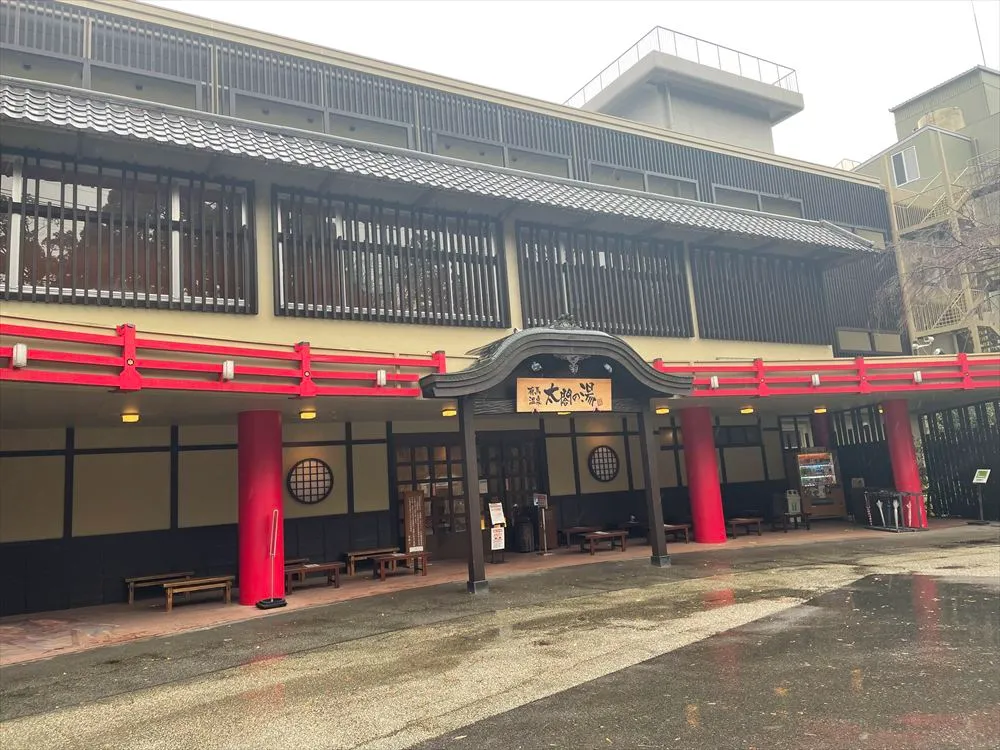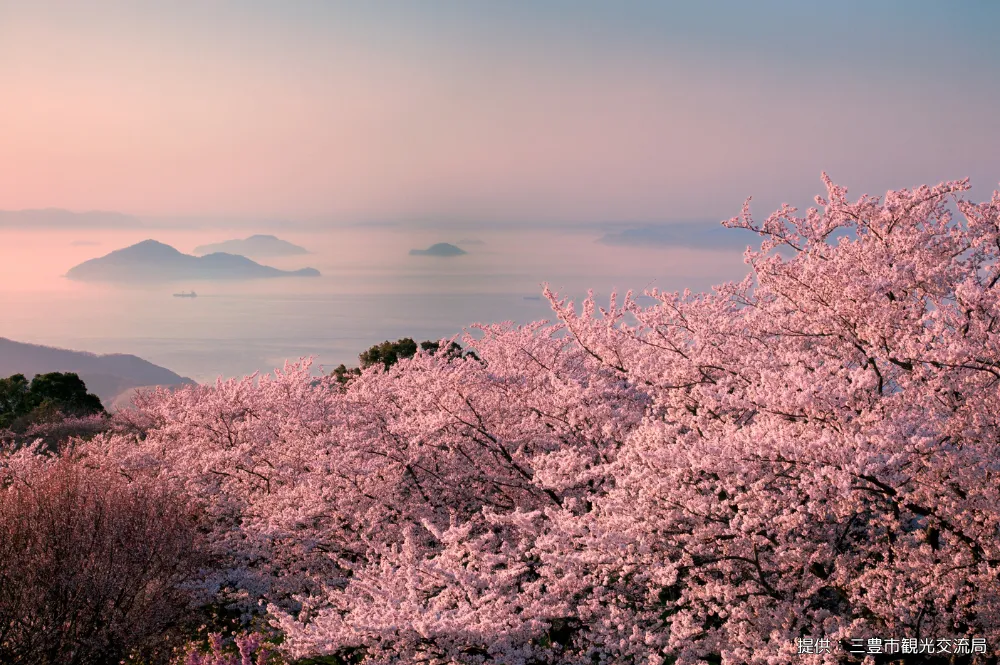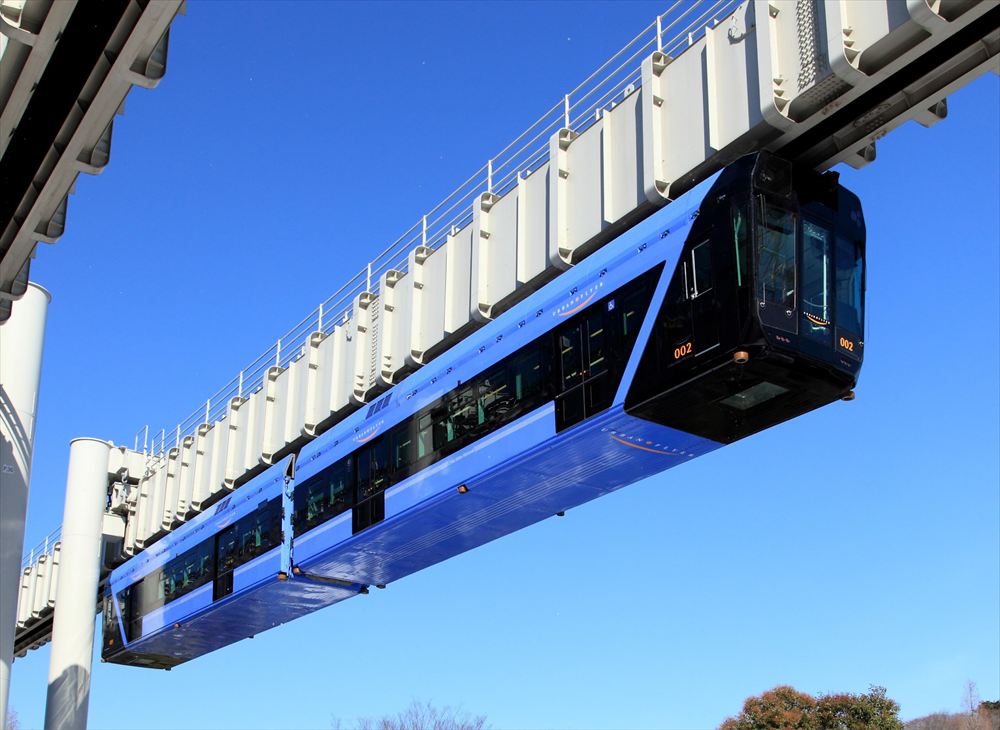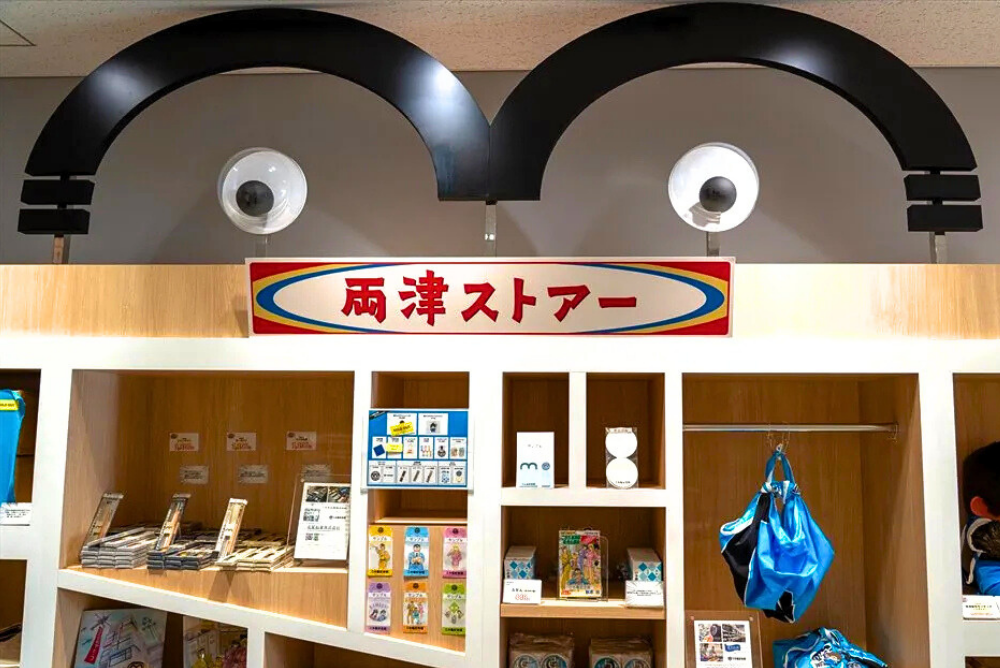A real soba-making experience at Inagawa Road Station
A real soba-making experience at Inagawa Road Station
Set in a scenic natural environment, Inagawa Town is a place where people enjoy a peaceful, idyllic lifestyle. One of the special products from this town is soba, made from buckwheat cultivated in fallow rice fields. The best place to savor the charm of this local specialty is the roadside rest stop, Michi-no-Eki Inagawa.
Here, you can go beyond just tasting soba, and actually try making your own with fresh buckwheat flour known as “juwari soba” or 100% buckwheat, a rarity as most soba noodles include a mix of other ingredients. Aprons are available for rent, so just come as you are.
Read on to hear about my experience!



Before the workshop, soba tea flavored ice cream in hand, I stopped for a rest by the Inagawa River.

It was a beautiful day, and I felt the healing power of the warm sunlight and gentle murmur of the river.

My guide through the soba-making experience that day was Ms. Hayashi, the assistant manager of the facility and a soba-making expert.
Juwari soba allows us to really enjoy the original flavor of buckwheat, but making noodles with only one kind of flour requires polished expertise. Participants were guided carefully through every step, so even beginners had a lot of fun making delicious soba in the roughly 90 minute session.

The process consists of 6 steps: watering (mizumawashi), kneading (kone), “chrysanthemum” kneading (kikuneri), noshi (stretching), then folding and cutting. In the first step, mizumawashi, water is added bit by bit to the buckwheat flour and mixed until the dough is as soft as an earlobe. This part is all about speed, and we had to move our hands quickly to mix it all together.

Like magic, the color of the buckwheat dough changed from white to green. The change in consistency was also suprising. Smooth at the beginning, it became quite sticky on my fingers.


The buckwheat flour is pressed firmly with deft hand motions in a kneading bowl called konehachi. By the end of this kone (kneading) stage, the surface had become glossy and smooth like freshly pounded mochi rice cakes. The “Kikuneri” stage is when this ball of dough is folded inward bit by bit to resemble a chrysanthemum (kiku in Japanese), then closed up into an interesting shape like a meat bun.

Once that is done, the dough is reshaped again into a cone to push out the air in the stage known as hesodashi, meaning “out of the navel”. The gradually changing shape of the material gave me a sense of the depth of the soba-making process.


After flattening the dough in the palm of our hand during the stage called jinoshi, we then held the rolling pin with a loose grip to gently press the dough into a perfect circle of about 40 cm. Feeling the material stretch under your body weight is a fun sensation.

Then we gradually stretched the round buckwheat dough into a square.


At first, it didn’t go as expected and mine transformed into a strange shape, but in the end I managed to make it closer to a square. The texture at this point was suprising, like a smooth stone.

In the tatami phase, the buckwheat dough is dusted with flour to prevent it from sticking together, then folded into 6 layers. The key here is to gently scoop up the dough from the bottom, as it will tear if the edges are pinched.


Finally, we reached the final “cut”. First, Ms. Hayashi modeled for us, and then we put it into practice! I used too much force, and before I knew it, the noodles were getting thicker and thicker.


Now all parts of the process were complete. It was really eye opening, with more steps than I had expected.
Comparing my own noodles with the model ones, I had to laugh at myself, but this was also part of the experience I won’t forget. We were told that soba experts make a tasty snack by cutting the noodles short then frying them in oil with a sprinkle of salt or sugar.

Your freshly made soba noodles can be boiled and enjoyed in the restaurant (500 yen surcharge). The varied thickness of the noodles also give it a unique flavor. The rest can be taken home as a souvenir.


Stepping outside after my soba making experience, I was greeted by Inagawa Town’s mascot Inabou, lit by the setting sun. Be sure to snap a pic at this photo spot when you visit.
Every year in mid-September, Inagawa town’s buckwheat flowers are a sight to see, as the rice fields are blanketed in full blooms. Next time, I thought, I’d like to come see these fields of flowers.

Michi-no-Eki Inagawa, Soba no Yakata, Ina soba making experience workshop
Class schedule: Tuesdays and Fridays from 9:30 / 14:00; Saturdays, Sundays, and holidays from 14:00 (reservation required up to the previous day)
Price: 2,500 yen per bowl (500g of buckwheat flour) makes enough for 4-5 people *additional 500 yen to have the freshly made noodles cooked onsite
HP: https://michinoeki-inagawa.com/soba
【For related articles】
For more on what Itami City has to offer, check here!
Inagawa Town: the ultimate place for true soba lovers!
https://visithanshin.jp/enews/1649/
A must-visit place for history lovers! One-day course to learn Japanese history in Inagawa
https://visithanshin.jp/enews/1799/
For other great spots in Inagawa Town♪
https://visithanshin.jp/en/area/inagawa/
This article was originally published on Tourism Guide of Hyogo Hokusetsu.
Follow the official SNS accounts of VISIT HANSHIN (Hyogo Prefectural Hanshin North Area Tourism)♪
☆Facebook: https://www.facebook.com/visithanshin.en/
☆Instagram: https://www.instagram.com/visithanshin_en/



